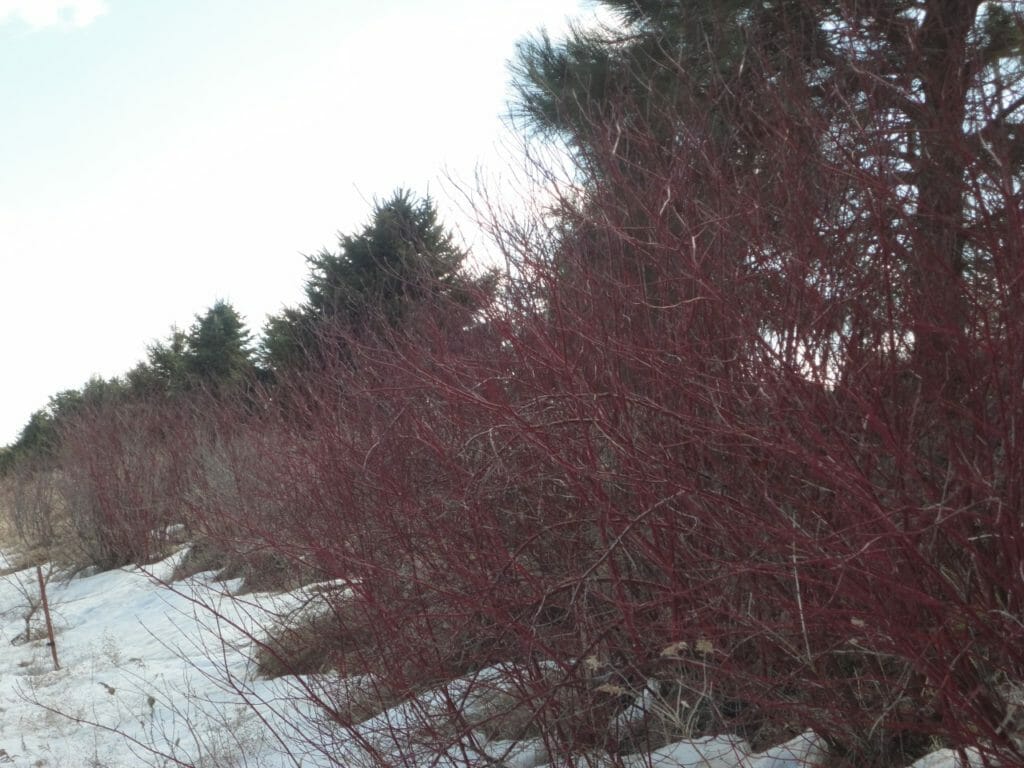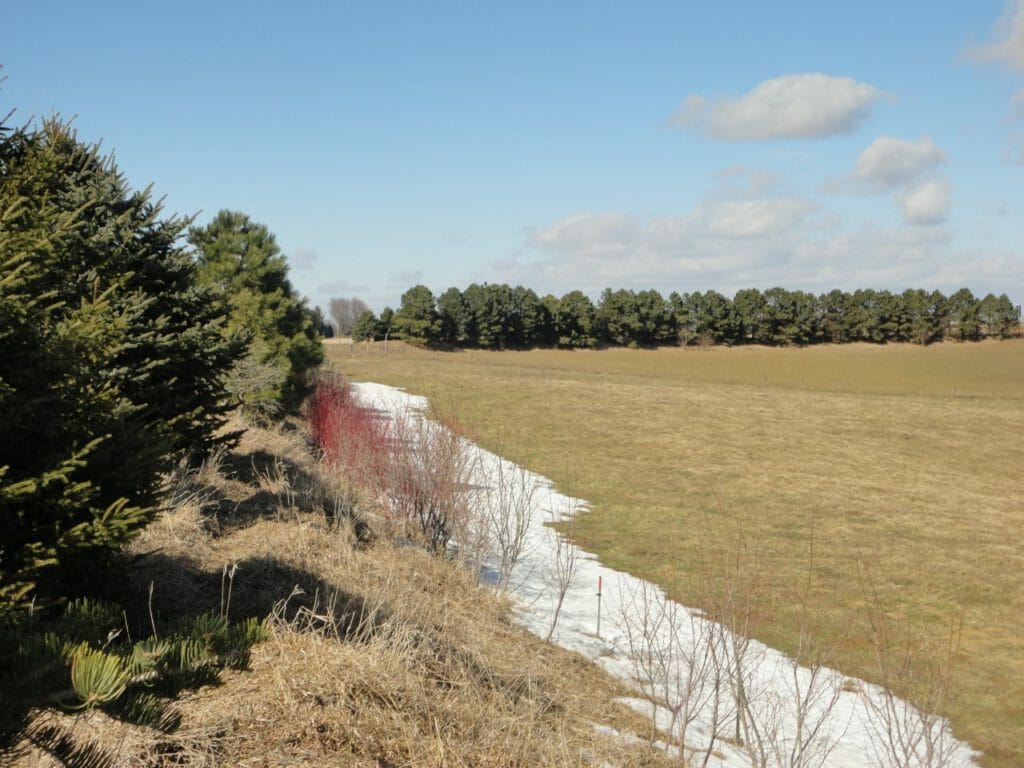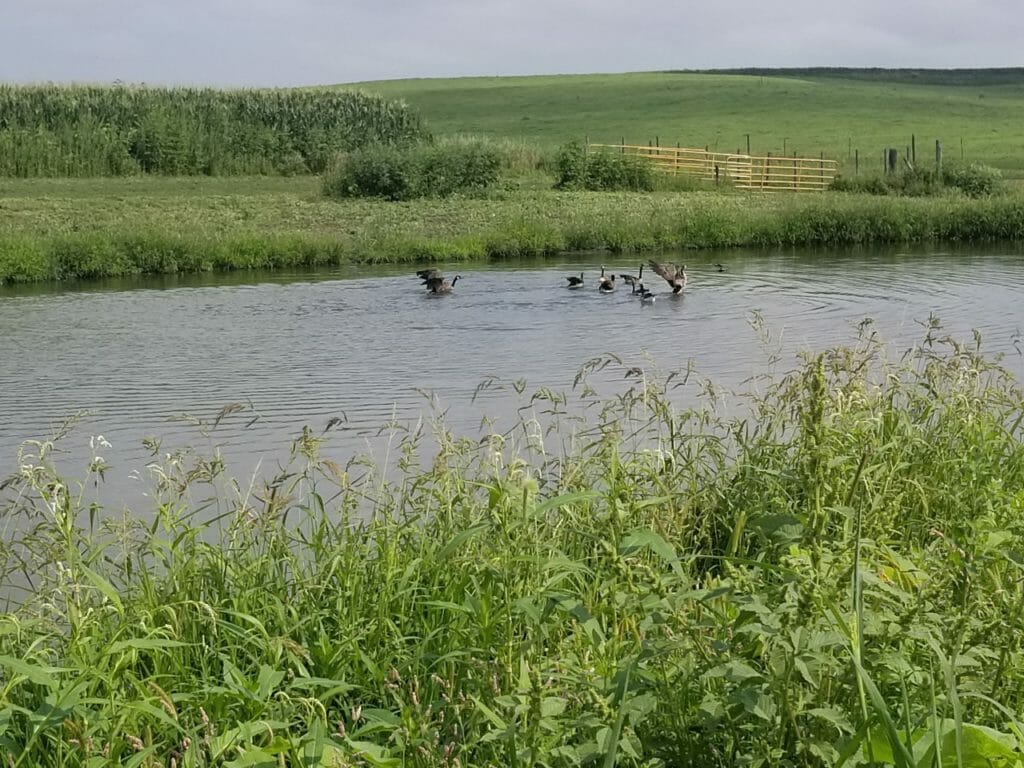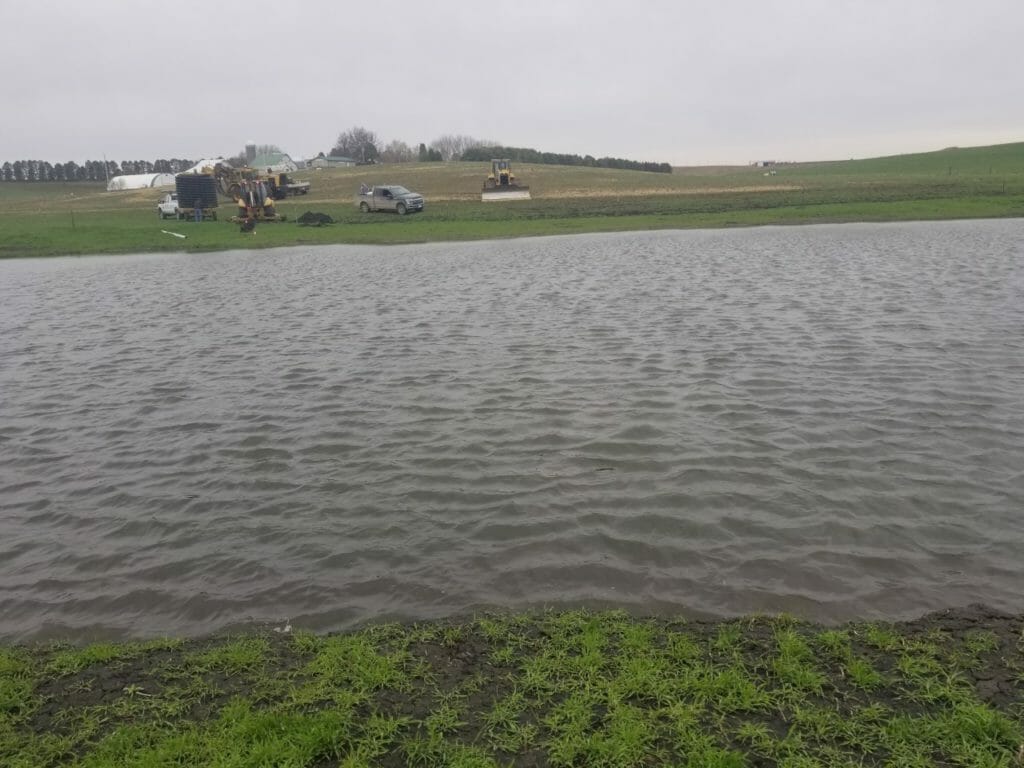Diversifying Wildlife as a Method of Integrated Pest Management
Increasing wildlife habitat on farms benefits not only the wildlife, but the farmer as well. Ron Rosmann knows this from first-hand experience. His family farm near Harlan in western Iowa, has been in operation for nearly 140 years and has always been a sanctuary for wildlife.
Ron himself has been a lifelong advocate of working lands conservation, instilled in him from his father and his father before that. The Rosmann farm ceased using pesticides and herbicides in 1983, instead opting to integrate more holistic methods of weed and pest management.
“Creating a habitat for wildlife allows that wildlife to work for your farm, not against it. We created a place for wildlife that are natural deterrents for pests and let you use less chemical treatments over time.”
Making Wildlife Feel at Home
When Ron stopped all chemical applications to his farm in 1983, he knew he needed a game plan in place when the inevitable pests moved in.
“We built terraces alongside our fields. You can plant on terraces and not lose any land for production. I’ve planted ponderosa pines back in the eighties, and those must be 40 feet tall now! I also have planted hundreds of hardwoods, mostly oaks, walnut and hackberry over the years. We really wanted to make wildlife feel at home.”

Ponderosa pines and assorted hardwoods provide habitat for birds of prey, and cover for deer and fox.
In addition to establishing trees, Ron has also put in a pond with CRP and established a riparian buffer zone of 40 feet alongside the creek that flows through his farm.

A riparian buffer zone on the Rosmann farm. The buffer zone stretches 40 feet alongside the creek that flows through the fields.
“We had already established ridge-tilling and crop rotation to limit weed growth, but in establishing habitat for wildlife, the goal was to allow birds and other animals to control other pests. Over the years, I have seen deer, lots of badgers, coyotes, red fox, and lynx. The most exciting part is a northern harrier, which are rare in lots of places. They call them gray ghosts, and we have one living on our terraces.”
The Benefits of Wildlife in Pest Management
Utilizing wildlife as a method of control against such pests as rodents and aphids, is a form of integrated pest management, an ecosystem based method that focuses on long-term control of pests.
“We have nesting pheasants on our farm as well as lots of songbirds. All of them eat the aphids and the bugs that damage crops before they can be harvested. Not including our harrier, we also have lots of raptors like hawks, barred owls and several great-horned owls. They like all the trees we planted and they keep the rodents under control, which is great, because rodents can take a real toll on seed storage.”
Ron has taken this ecosystem based method to heart on his farm. “We really focused on soil and water quality. Our water quality is so good in our pond, that we have snapping turtles. Our soil supports good fungal growth, which loosens the soil, and weeds don’t grow well in non-compacted soil. That soil and water is the base for the wildlife that helps control the pests, so we always take care of that.”

Ron Rosmann puts the integrated pest management pyramid into practice on his farm in Harlan, IA. A culture of conservation, passed down through four generation of farmers has led to implementing the physical controls of crop rotation and raised tillage. Ron and his family have established habitat that supports beneficial insects and wildlife that keep weed and pest populations under control. The family has not used biocides in nearly 40 years. The family does not believe that biocides need to be eliminated, but can be reduced with the right base support in an IPM program.
A good integrated pest management plan takes this holistic view of the ecosystem as a whole. A healthy base of healthy soil and water supports healthy plants and trees that in turn prop up beneficial insects such as pollinators and predator insects like lady beetles that consume aphids. This supports larger wildlife such as foxes and raptors that hunt nuisance rodents that damage working lands, like the vole.
My advice to anyone wanting to reduce chemical use is just start small. Choose a few acres and really focus on its health and compare the productivity to treated areas. I think you’ll be surprised!”
“I must me doing something right. I’ve seen lynx and bobcats, which are returning to Iowa, here. Those are great for getting the bigger pests like raccoons. Everything is interconnected, and if the land is healthy, pesticides can absolutely be reduced. I personally have not seen a decline in productivity or profit from not using chemicals like pesticides in the last 40 years. My advice to anyone wanting to reduce chemical use is just start small. Choose a few acres and really focus on its health and compare the productivity to treated areas. I think you’ll be surprised!”
To learn more about the conservation efforts by Ron Rosmann, click here.


